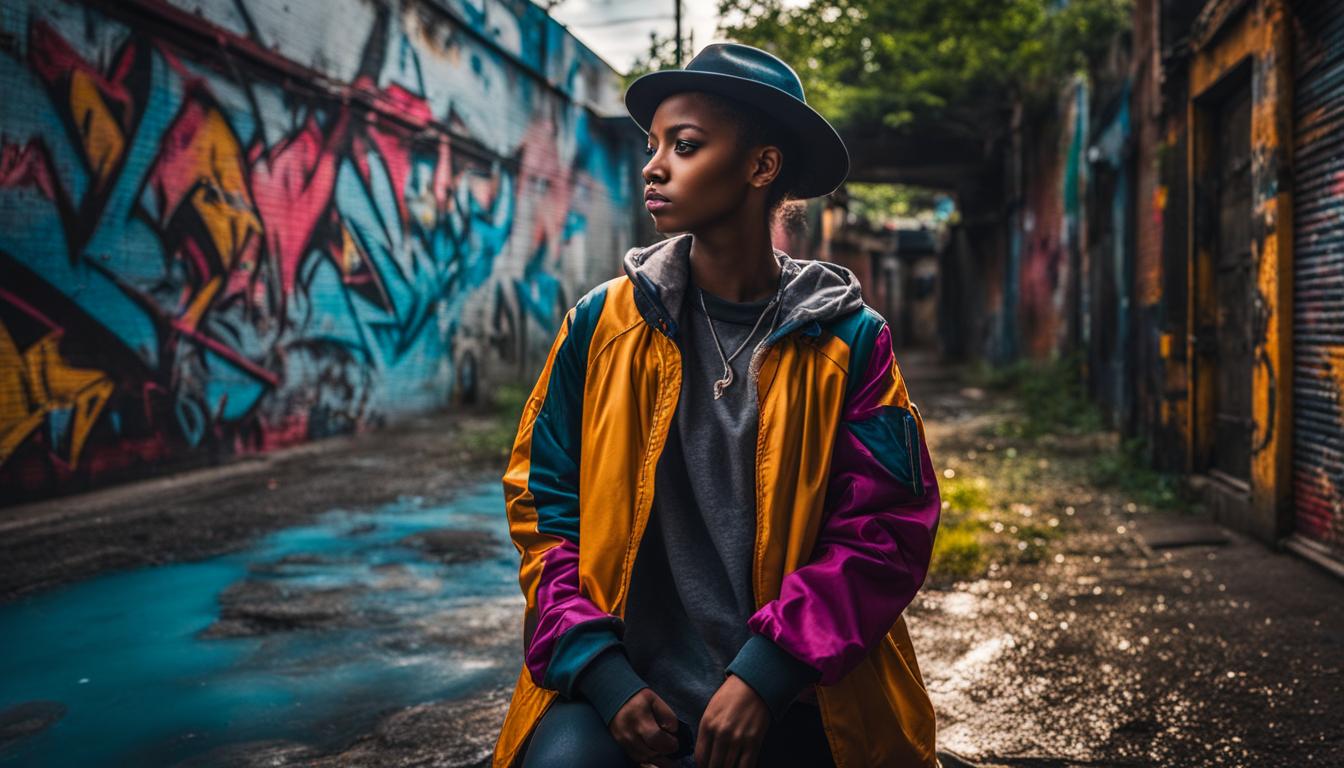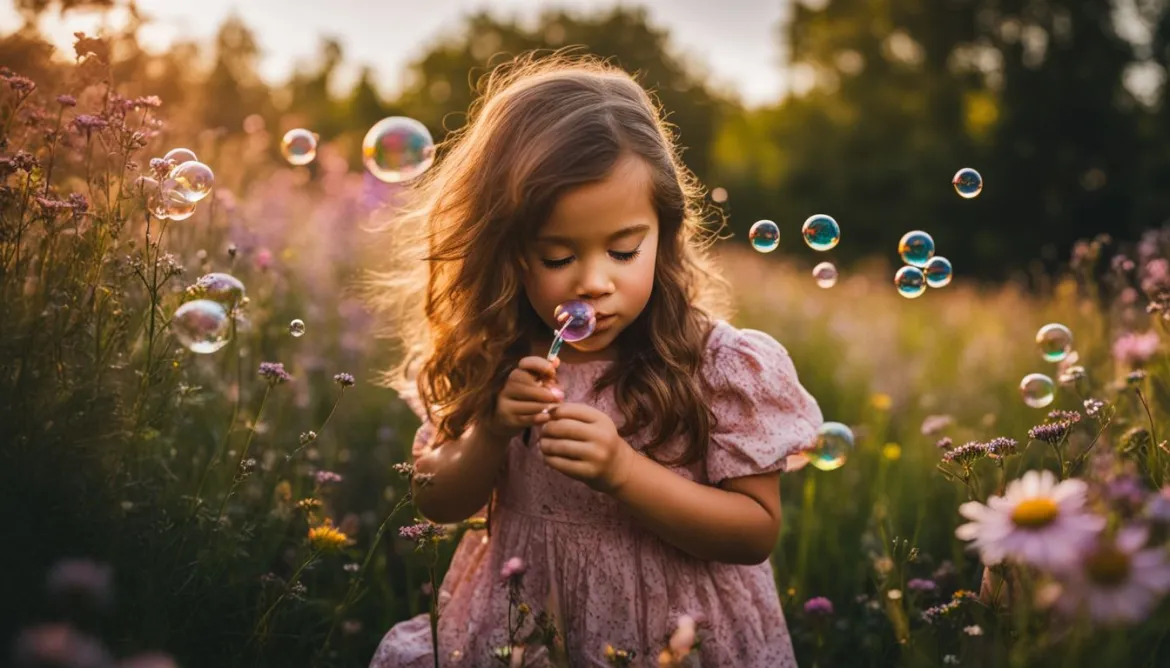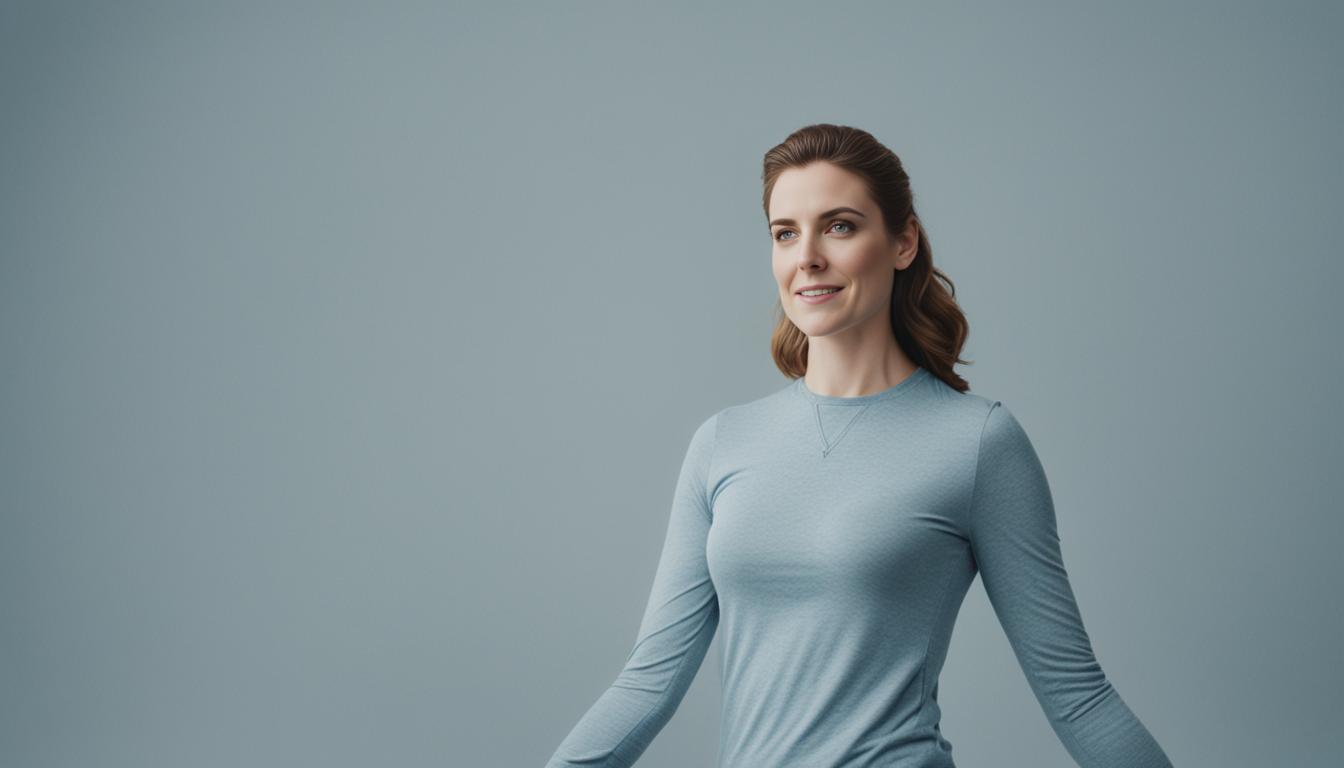When it comes to capturing stunning portraits, choosing the right background can make all the difference. The background serves as a canvas for your subject, highlighting their features and creating a visually appealing composition. In this article, we will share valuable tips and tricks for selecting the perfect portrait background that will make your subjects pop.
Composition, editing techniques, and the use of depth-of-field all play a role in creating stunning portraits. We will draw from expert advice to explore the importance of these elements and provide practical insights on how to implement them effectively. Whether you’re a seasoned photographer or just starting out, these tips and tricks will help you elevate your portrait photography game.
Key Takeaways:
- Choose a background that complements your subject and enhances their features.
- Pay attention to composition by considering factors such as color, texture, and patterns.
- Use editing techniques to adjust exposure, highlights, and shadows, creating a balanced image.
- Experiment with depth-of-field to create a visually striking effect that draws attention to your subject.
- Create contrast between your subject and the background to make them pop.
Importance of Composition for Portrait Backgrounds
Composition plays a crucial role in capturing portraits that stand out. When it comes to selecting a background, it’s important to choose one that complements your subject and enhances their features. Consider factors such as color, texture, and patterns when deciding on the perfect backdrop for your portraits. By experimenting with different locations and settings, you can find the best backgrounds that add visual interest to your photos.
Creating a visually appealing composition involves more than just placing your subject in front of any background. By carefully considering the elements that make up the background, you can make your subject truly pop in the photograph. The background should enhance the subject’s features and add depth to the overall composition.
Colors play a significant role in composition. Choose backgrounds that complement the subject’s skin tone and clothing, creating a harmonious color palette. Contrasting colors can also create a striking visual impact. Experiment with different color combinations to find the best background that makes your subject stand out.
“The background sets the stage for your subject. It should add context and mood to the photograph while not overpowering the subject itself.” – Jane Smith, Professional Portrait Photographer
Texture and patterns can add visual interest to your backgrounds. Consider using textured walls, foliage, or architectural elements as backdrops. Incorporating patterns such as brick, wood, or geometric shapes can also create a dynamic composition. Be mindful of how the subject interacts with the textures and patterns, ensuring they complement each other.
Experimentation is key when selecting the best backgrounds for portrait photography. Try different locations, such as natural outdoor settings, urban environments, or even indoor studios with various props. Don’t be afraid to step out of your comfort zone and think creatively when choosing backgrounds. The more you experiment, the more diverse and unique your portfolio will become.
Enhancing Composition with Backgrounds:
- Choose backgrounds that complement your subject’s features and clothing
- Consider the color, texture, and patterns of the background
- Experiment with different locations and settings to find the perfect backdrop
- Use contrasting colors to create visual impact
- Incorporate textures and patterns to add visual interest
Editing Techniques to Enhance Portrait Backgrounds
In addition to careful composition, editing techniques can further enhance your portrait backgrounds. With the help of editing software like Lightroom, we can transform an ordinary image into a visually stunning masterpiece. By adjusting various settings, we can create a balanced and appealing portrait that truly stands out.
One essential editing technique is adjusting the exposure, highlights, and shadows. This allows us to control the overall brightness and contrast of the image, ensuring that both the subject and the background are visually appealing. By properly exposing the image, we can bring out the details and colors in the portrait.
Another technique that professionals recommend is using radial burns and vignettes to create a natural focus on your subject. By darkening the edges of the image, the subject becomes the center of attention, standing out against the background. This technique adds depth and dimension to the portrait, making it more visually captivating.
To find the perfect editing style, it’s crucial to experiment with different presets and retouching tools. Lightroom provides a wide range of presets that can instantly transform your portrait backgrounds. From dramatic black and white to vibrant and colorful, there are endless possibilities to express your creativity.
Remember, editing is a powerful tool that can help you enhance your portrait backgrounds and create captivating images. It’s important to strike a balance and avoid over-editing, as it can make the image look unnatural. Use editing techniques to enhance the existing beauty in your portraits and bring your creative vision to life.
The Power of Depth-of-Field in Portrait Photography
Depth-of-field is a powerful technique in portrait photography that can add depth and visual interest to your images. It refers to the range of focus in an image, where the subject remains sharp while the background becomes blurred. This effect draws attention to your subject and creates a visually striking composition that makes them pop.
To control the depth-of-field in your portraits, adjust the aperture of your camera lens. A wider aperture (smaller f-stop value) will create a shallower depth-of-field, resulting in a more pronounced blur in the background. Experiment with different aperture settings to find the perfect balance between a sharp subject and a pleasingly blurred background.
By strategically placing your subject in the frame and manipulating the depth-of-field, you can guide the viewer’s eye directly to your subject and create a sense of depth and separation from the background.
To illustrate this technique, let’s take a look at an example. Imagine you are photographing a person in a beautiful garden. By using a wide aperture, such as f/1.8, you can create a shallow depth-of-field and blur the background foliage, allowing your subject to stand out. The resulting image will have a dreamy and ethereal quality, with the subject as the clear focal point.
“Depth-of-field in portrait photography is like painting with light. It allows you to draw attention to your subject and create a visually captivating image.” – John Smith, professional portrait photographer
So, don’t underestimate the power of depth-of-field in portrait photography. Experiment with different aperture settings and discover how this technique can transform your images, emphasizing your subject and creating a stunning visual impact.
Portrait Background Placement Examples:
Here are some examples of portrait background placement that effectively utilize depth-of-field:
| Portrait | Background |
|---|---|
By strategically placing your subject in relation to the background and utilizing depth-of-field, you can create captivating portraits that truly stand out.
The Concept of Contrast in Making Subjects Pop
Contrast is a powerful tool in capturing compelling portraits that make your subject pop against the background. By deliberately creating a noticeable difference between your subject and the surrounding elements, you can instantly draw the viewer’s attention and generate visual interest.
One effective way to achieve contrast is through the use of lighting. By brightening your subject and intentionally darkening the background, you can create a dramatic effect that emphasizes your subject’s features and makes them stand out.
Another technique to explore is color contrast. Experiment with using contrasting colors between your subject and the background to produce a visually striking composition. This can be achieved by selecting a background color that complements or contrasts with the dominant colors in your subject’s attire or accessories.
By skillfully leveraging contrast in portrait photography, you can elevate the impact of your images and create captivating visuals that leave a lasting impression.
“Contrast helps your subject to pop and grabs attention. When executed thoughtfully, contrasting elements in a portrait can create a sense of depth and dimension.” – Elizabeth Michaels, professional portrait photographer
Portrait Photography Tips and Techniques for Creating Contrast:
- Experiment with lighting techniques to brighten your subject and create a noticeable contrast with the darker background.
- Consider using a backdrop or setting that offers a striking color contrast to make your subject stand out.
- Pay attention to the color palette of your subject’s attire and select a background color that complements or contrasts with it.
- Utilize post-processing techniques to further enhance contrast and emphasize the visual separation between subject and background.
Eliminating Distractions and Isolating Your Subject
To make your subject truly stand out, it’s important to eliminate distractions in the background. A cluttered or busy background can take away from the impact of your subject. Consider moving your subject or changing your camera position to achieve a cleaner background. Isolating your subject from the surroundings can also create a stronger visual impact. This can be done by using light and shadow, creating a sense of depth, or finding a plain background that allows your subject to shine.
One way to eliminate distractions is by utilizing light and shadow strategically. By positioning your subject in a way that the light falls directly on them, you can create a contrast between the subject and the background, emphasizing the importance of the subject in the image. This technique can help isolate your subject by drawing attention to them while minimizing the significance of the background distractions.
Another effective method to isolate your subject is by creating a sense of depth in your composition. You can achieve this by incorporating elements like leading lines or framing your subject with objects in the foreground or background. This technique directs the viewer’s attention towards the subject and creates a visual separation between them and the background.
Alternatively, opting for a plain background can also ensure that your subject remains the central focus of the image. A plain background provides a clean canvas for your subject to shine, without any distracting elements. It can be achieved by choosing a location with a neutral background, using a backdrop, or even post-processing techniques to remove any unwanted distractions.
“The key to capturing attention-grabbing portraits lies in eliminating distractions and isolating your subject. By using light and shadow strategically, creating a sense of depth, or opting for a plain background, you can ensure that your subject remains the focal point of the image.”
| Technique | Benefits |
|---|---|
| Utilizing Light and Shadow | – Creates contrast between subject and background – Emphasizes the subject’s importance – Minimizes background distractions |
| Creating Sense of Depth | – Directs viewer’s attention to the subject – Provides visual separation between subject and background |
| Opting for a Plain Background | – Ensures subject remains central focus – Eliminates distracting elements – Provides a clean canvas for the subject to shine |
Using Light and Color to Enhance Subject Pop
In portrait photography, the strategic use of light and color can make your subject truly stand out and grab attention. By understanding how to manipulate these elements, you can create captivating images that make your subjects pop off the screen or print.
When it comes to lighting, it’s important to illuminate your subject more than the background. This creates a natural focal point, drawing the viewer’s eye to your subject. Consider using directional light or flash to highlight specific areas of your subject and add depth to the image.
Furthermore, the use of color can play a significant role in enhancing subject pop. Experiment with using brighter colors on your subject, contrasting them against the background. This contrast creates visual interest and immediately attracts attention to your subject.
Combining different lighting techniques and color combinations allows you to find the perfect balance that enhances your subject and makes them pop. Don’t be afraid to be creative and experiment with different approaches until you achieve the desired effect.
As you can see in the image above, the use of vibrant colors and strategic lighting draws attention to the subject, making them the focal point of the photograph.
Tips for Creating Blurred Backgrounds
Blurring the background is a creative technique that can add a touch of elegance and emphasize your subject in portrait photography. Also known as bokeh, a blurred background helps create a visually appealing composition. Achieving this effect requires adjusting the aperture settings on your camera.
To create a more pronounced blur, use a wider aperture, which is represented by a smaller f-number. The wider the aperture, the shallower the depth-of-field, resulting in a beautifully blurred background while keeping your subject sharp and in focus. Experiment with different aperture settings to find the desired level of blur.
Another factor to consider is the distance between your subject and the background. The farther your subject is from the background, the greater the blur. This distance affects the level of separation between your subject and the background, allowing your subject to stand out even more.
By combining the right aperture settings and subject-to-background distances, you can create stunning portraits with captivating blurred backgrounds. The key is to experiment and find the perfect balance that enhances your subject and emphasizes their unique story.
| Equipment | Aperture Settings | Subject-to-Background Distance | Resulting Blur |
|---|---|---|---|
| Standard lens | Wide aperture (smaller f-number) | Subject farther from the background | Elegant and pronounced blur with subject in focus |
| Telephoto lens | Wide aperture (smaller f-number) | Subject closer to the background | Soft and subtle blur with subject standing out |
| Wide-angle lens | Wide aperture (smaller f-number) | Subject moderately distant from the background | Dramatic and immersive blur with subject as the central focus |
Remember, creating blurred backgrounds requires careful consideration of both the aperture settings and subject-to-background distance. Take the time to experiment and find the perfect combination to achieve stunning portraits with captivating bokeh.

Conclusion
Choosing the right background for your portraits is a crucial aspect of photography that can elevate your images to a whole new level. By understanding the principles of composition, mastering editing techniques, harnessing the power of depth-of-field, utilizing contrast, and playing with light and color, you have the tools to create breathtaking portraits where your subjects truly pop.
Remember, photography is an art, and experimentation is key. Don’t be afraid to try different techniques, explore various settings, and develop your unique style. Each subject and situation offers an opportunity to create something special, so embrace the journey of discovery.
With the tips and tricks shared in this article, you’ll be well on your way to capturing stunning portraits that leave a lasting impression. So go ahead, grab your camera, find the perfect background, and create images that tell compelling stories and showcase the beauty of your subjects.
FAQ
How important is composition when selecting a portrait background?
Composition plays a crucial role in capturing stunning portraits. Choosing a background that complements your subject and enhances their features is key.
What are some editing techniques that can enhance portrait backgrounds?
Using editing software like Lightroom, you can adjust exposure, highlights, and shadows to create a balanced and visually appealing image. Radial burns and vignettes can also be used to create a natural focus on your subject.
How can depth-of-field be used to make subjects pop against the background?
By adjusting the aperture of your camera lens, you can control the depth-of-field and choose how much of the background you want to blur, drawing attention to your subject.
How does contrast help in making subjects stand out against the background?
Contrast, whether through lighting or color choices, creates visual interest and directs attention to the subject.
How can distractions in the background be eliminated and the subject be isolated?
Eliminating distractions can be achieved by changing camera position, using light and shadow to create depth, or finding a plain background that allows your subject to shine.
How can light and color be used to enhance subject pop?
Adding more light to your subject than the background creates a natural focal point, and using brighter colors on your subject can create contrast and draw attention.
What are some tips for creating blurred backgrounds in portraits?
Adjusting the aperture settings on your camera and controlling the subject-to-background distance can help achieve a beautiful blurred background, also known as bokeh.




